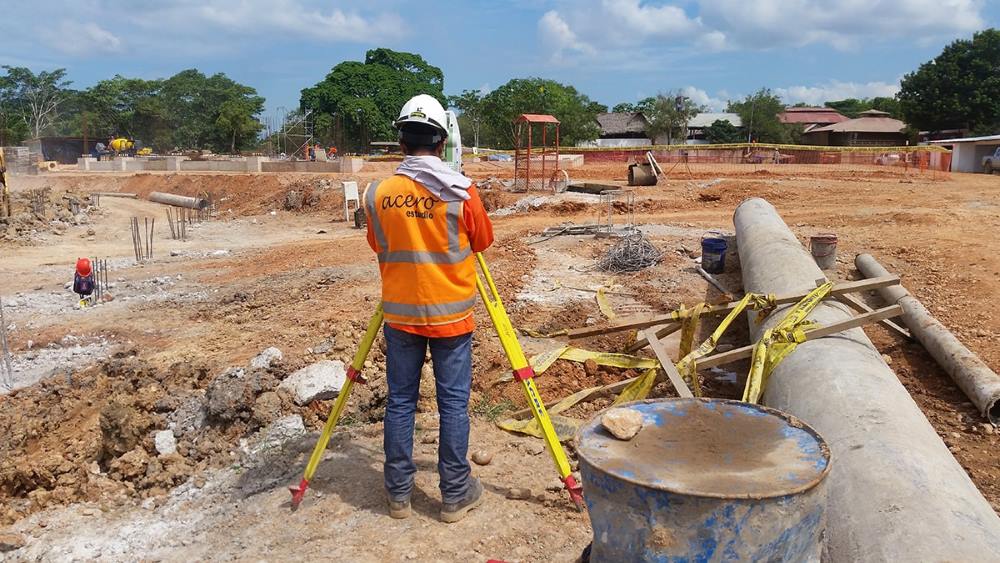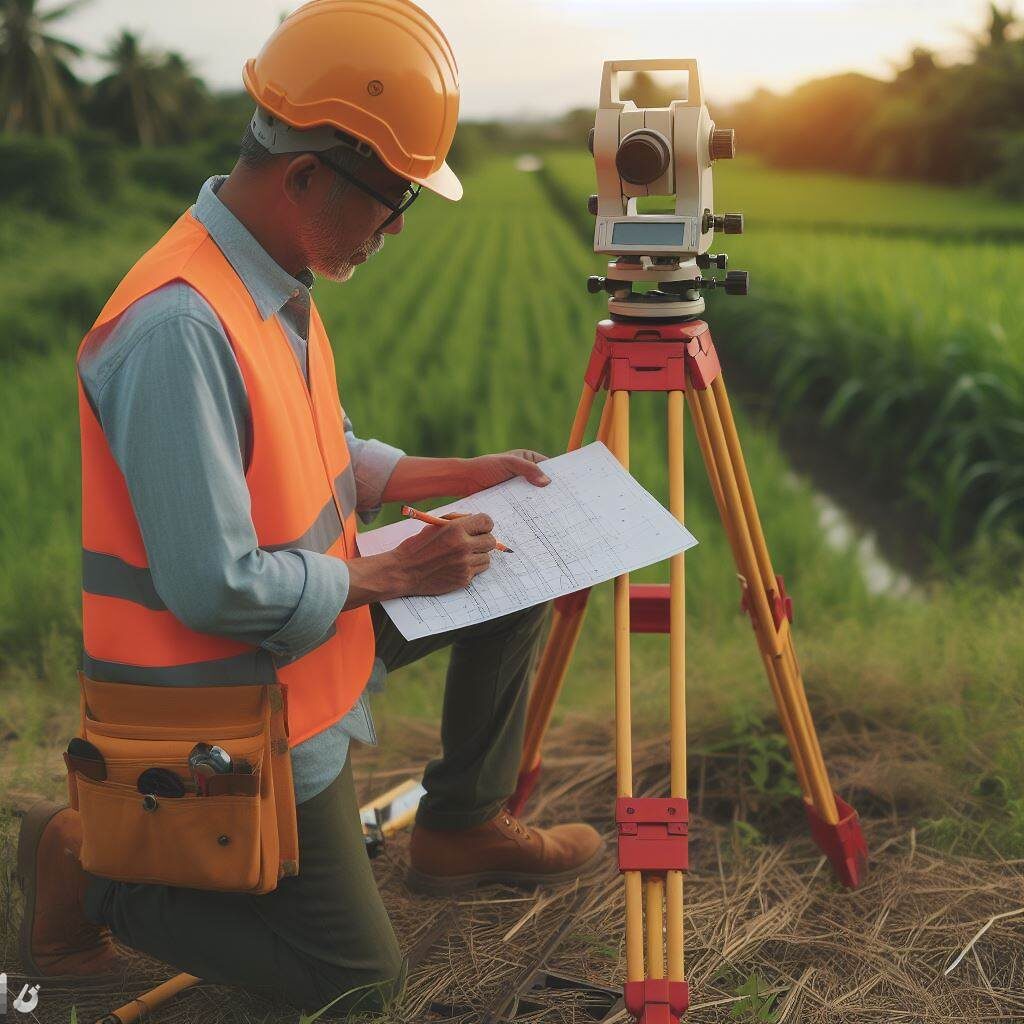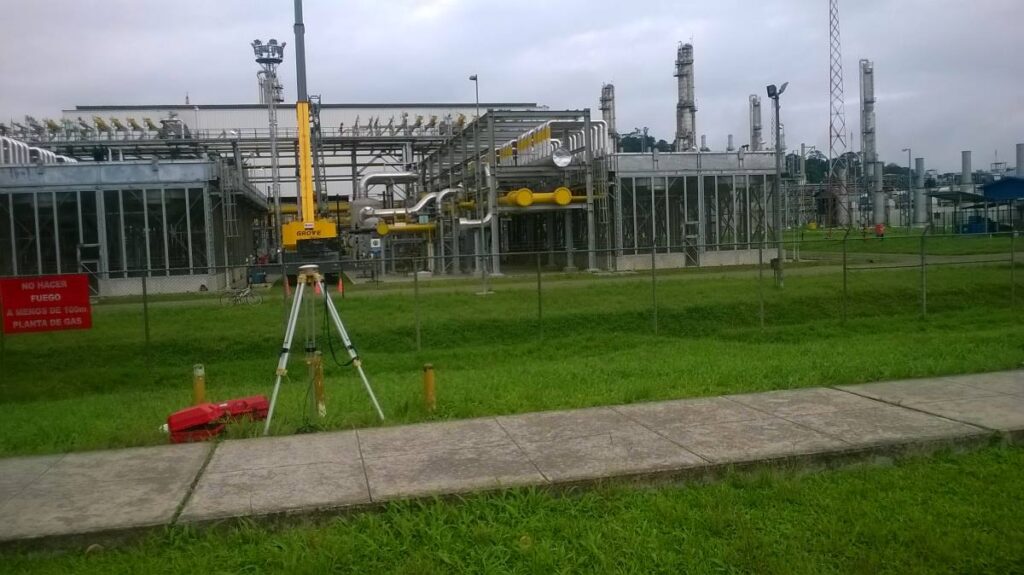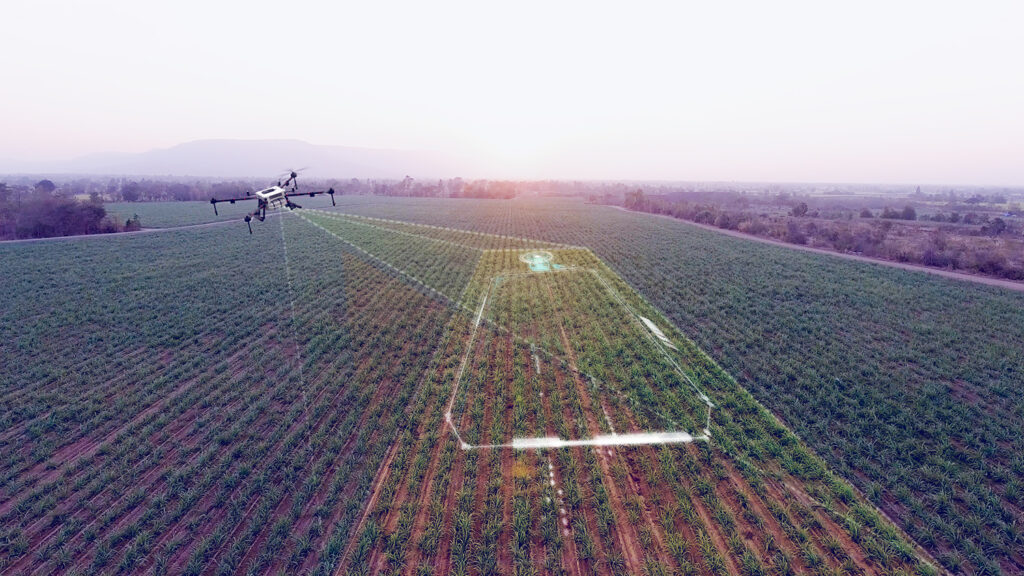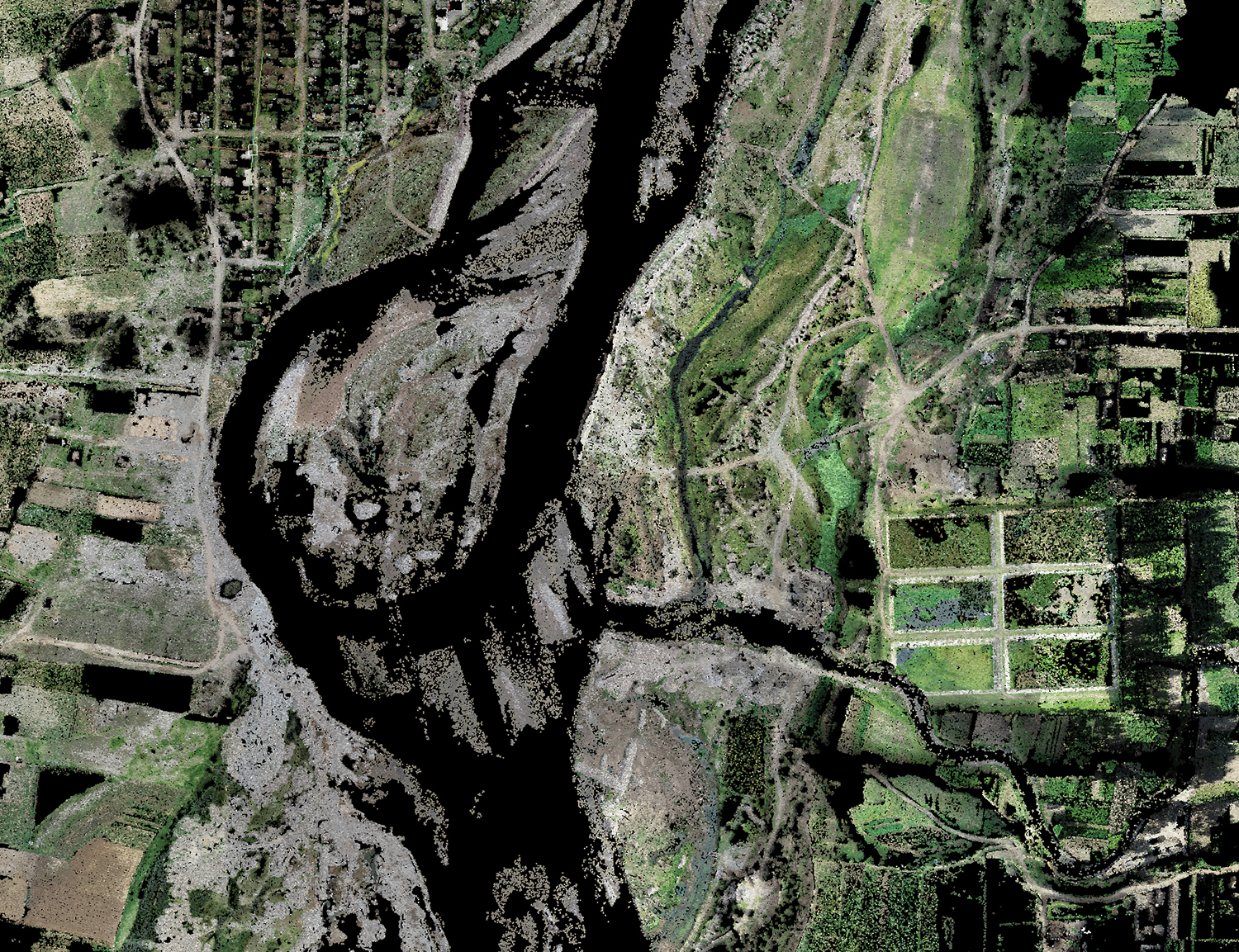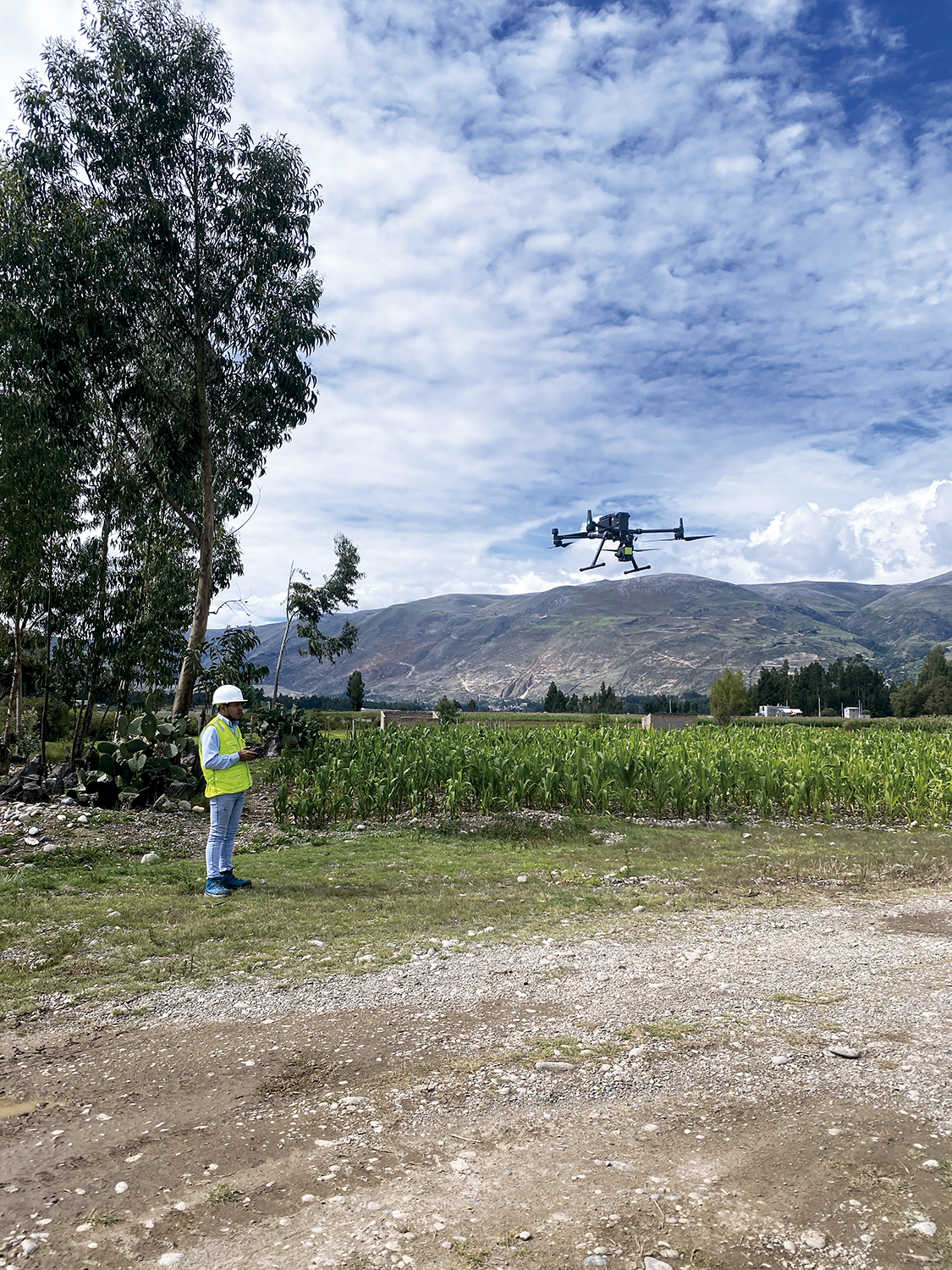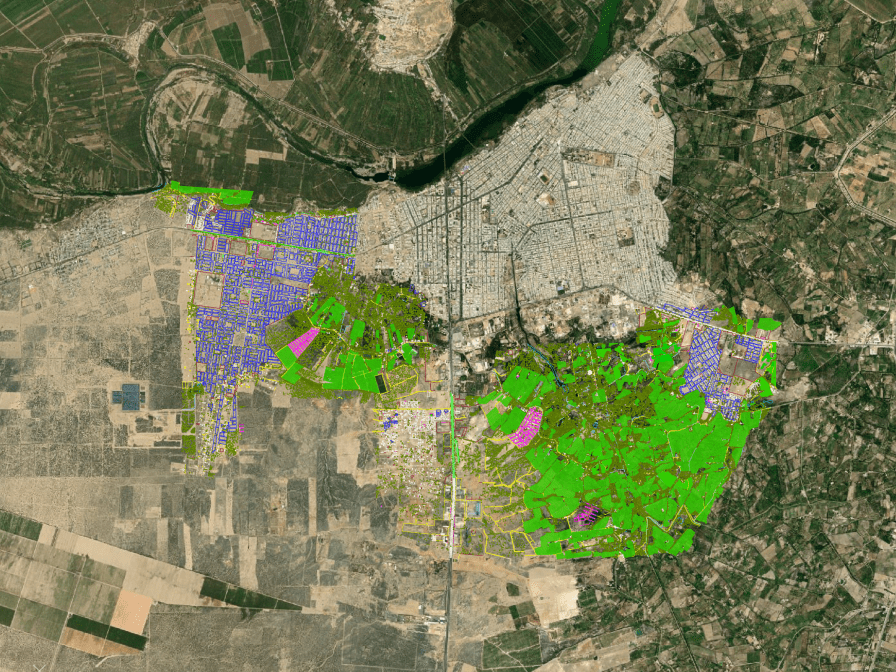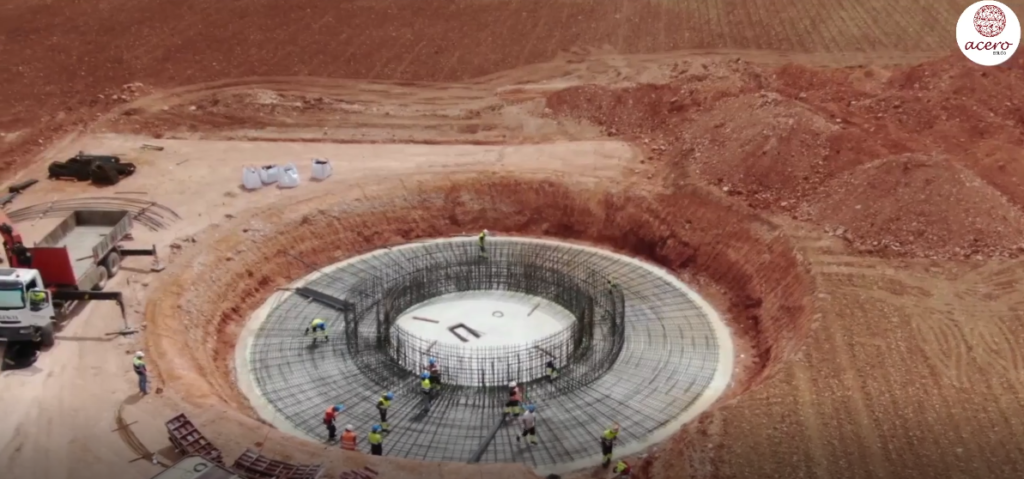Sustainable urbanism consists of achieving healthy and organized urban growth along with conservation of environmental quality. In this article we will learn how topography plays a fundamental role in providing crucial information for the design and planning of urban environments that are socially, economically and ecologically sustainable.
Let’s learn about the ways in which surveying services contribute to sustainable urbanism:
By identifying natural risk areas
When mapping the topography of a city it is possible to detect areas prone to adverse natural phenomena such as floods, landslides or soil erosion. This allows urban planners to make informed decisions about infrastructure development and housing placement to minimize impact.
Availability of natural resources
In addition to its usefulness in evaluating natural risks, topography provides valuable information about the availability of natural resources and the capacity of the land to support urban development. By knowing the topographic characteristics of a city, it is possible to identify areas with potential for the installation of solar, wind farms or water collection systems. All of this contributes to reducing dependence on fossil fuels, making human settlement and its resource management more sustainable.
Location of recreation areas
Thanks to the development of topography techniques, urban planners can collect important information that helps them locate the best areas for the development of urban infrastructure such as parks, sustainable mobility routes that allow reducing vehicle congestion and greenhouse gas emissions. greenhouse.
It is worth noting that in many of these cases, not only topography is important, but also the combination of this discipline with other areas of study such as architecture and urban planning so that synergies are generated and help in the creation of more sustainable, inclusive and resilient communities. .
Remember that by integrating topographic considerations into the urban planning process, cities can become healthier and more resistant to climate change. Contact Acero Estudio, a leading company in topographic surveys in Peru and Spain; we are at your service.



